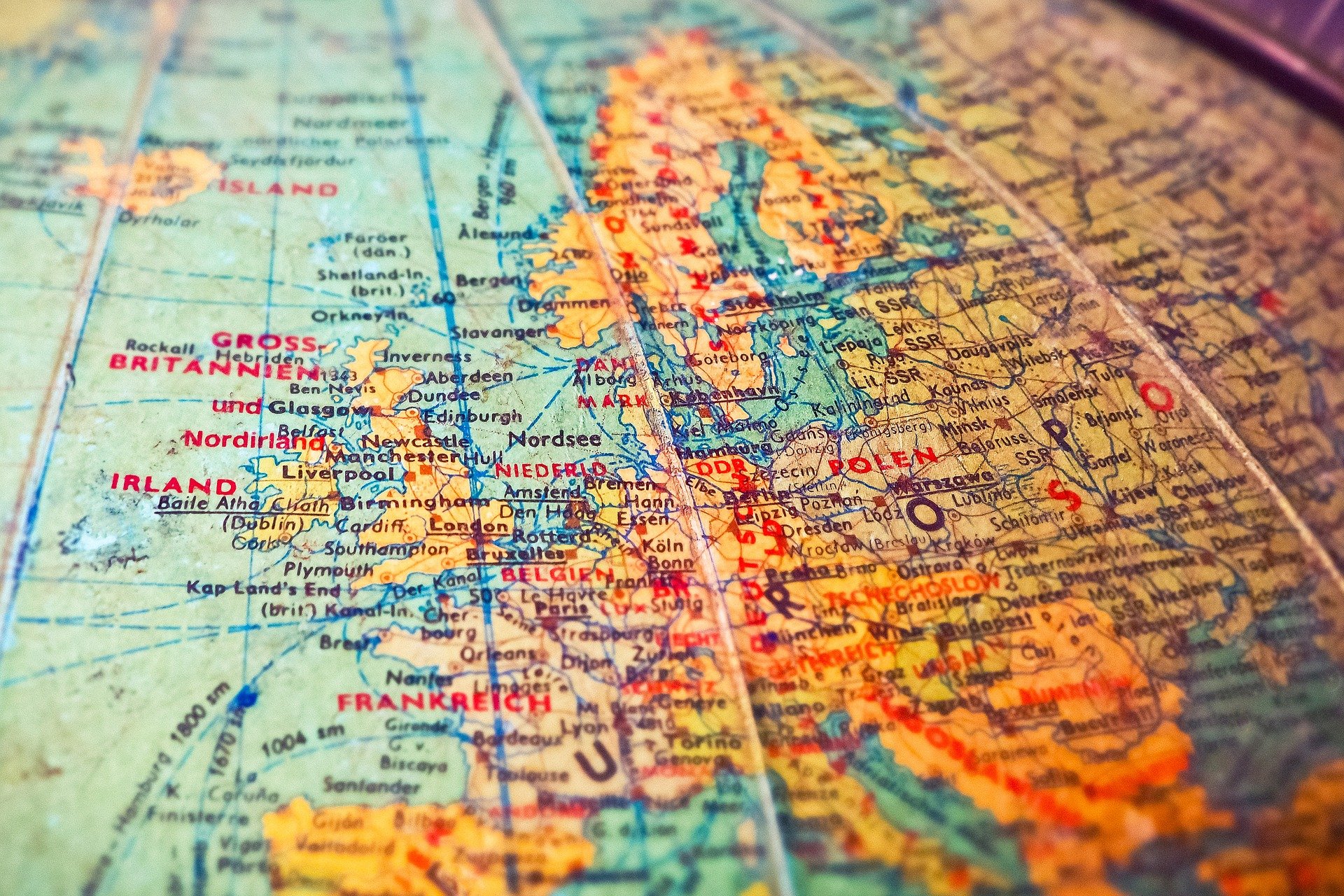Russian gas, a key source of energy for Germany and many other EU economies, had continued to flow uninterrupted through pipelines across Ukraine since President Vladimir Putin ordered troops to invade in February.
But in a statement late Tuesday, the Ukrainian gas transmission system operator said it had decided to suspend operations at a major transit point because of “interference by the occupying forces.” The Sokhranivka measuring station handles as much as 32.6 million cubic meters per day, or about a third of the Russian gas that flows via Ukraine to Europe, the operator said.
It said Russian interference, including the unauthorized diversion of gas, had “endangered the stability and safety” of the system.
Ukraine said gas volumes could be shifted instead to the Sudzha transit point further west in territory it controls, and pointed to a similar move it said took place in 2020 to allow repairs to be carried out.
But Russia’s state gas company, Gazprom, said in a statement that such a reconfiguration would be “technically impossible,” adding that it saw no reason for the disruption.
“Transit through Sokhranivka was provided in full, there were no complaints from counterparties and there are none,” it said in the statement posted to its official Telegram channel. “Gazprom fully fulfills all its obligations to European consumers, supplies gas for transit in accordance with the contract and operator agreement, transit services are fully paid.”
In a separate statement reported by Reuters, Gazprom said the volumes shipped to Europe via Ukraine on Wednesday were down 25% from Tuesday’s levels, falling from about 96 million cubic meters to 72 million.
Zongqiang Luo, natural gas analyst at Rystad Energy, said that no particular country was likely to feel an “immediate impact” because Europe’s gas grid is well connected.
Gas flows through Sokhranivka have averaged at about 23 million cubic meters per day in May, he added. The Sudzha transit point could add 13 million cubic meters to its gas flow to help offset the shock.
But the shortfall would make it harder to refill storage tanks before winter and would “hasten Europe’s plans to move away from imports of Russian gas,” he wrote in a research note.
EU gas storage facilities are about 37% full, according to data from Gas Infrastructure Europe. That’s about normal for the time of year, but well short of the 80% target the bloc has set for November.
European natural gas prices rose 5% Wednesday morning, but have since fallen back below Tuesday’s closing levels, according to Rystad.
Oil prices, which had dropped about 9% since Friday, were jolted higher by the news. Brent crude and US oil were trading up about 3% on Wednesday. US natural gas prices rose 5% Tuesday, and another 1% early Wednesday.
“The threat of disruption to European gas supplies appears to be pushing oil sharply higher in Asia today,” wrote Jeffrey Halley, senior market analyst at OANDA. “All bets are off on inflation if Russian gas gets cut to Europe.”
Last month, Russia cut off natural gas supplies to Poland and Bulgaria, dramatically escalating its response to Western sanctions imposed on Moscow over the war in Ukraine.
Gazprom said that it had fully halted supplies to Polish gas company PGNiG and Bulgaria’s Bulgargaz after they refused to meet a demand by Moscow to pay in rubles, rather than euros or dollars.
The European Commission described that as attempted “blackmail.”
According to the International Energy Agency, Russia accounted for about 45% of the bloc’s total gas imports last year.
Germany, Europe’s biggest economy, has managed to reduce Russia’s share of its gas imports from 55% to 35% since the war began, but an abrupt halt could tip the country into a recession.
“Our gas supply is guaranteed at this stage and we are monitoring the supply situation closely together with the Federal Network Agency,” economy ministry spokesperson Susanne Ungrad told CNN on Wednesday.
Most of the Russian gas imported by Germany is carried via the Nord Stream 1 pipeline through the Baltic Sea, Ungrad added.
— Alex Stambaugh, Nadine Schmidt, Nathan Hodge, Julia Horowitz and Benjamin Brown contributed to this article.



